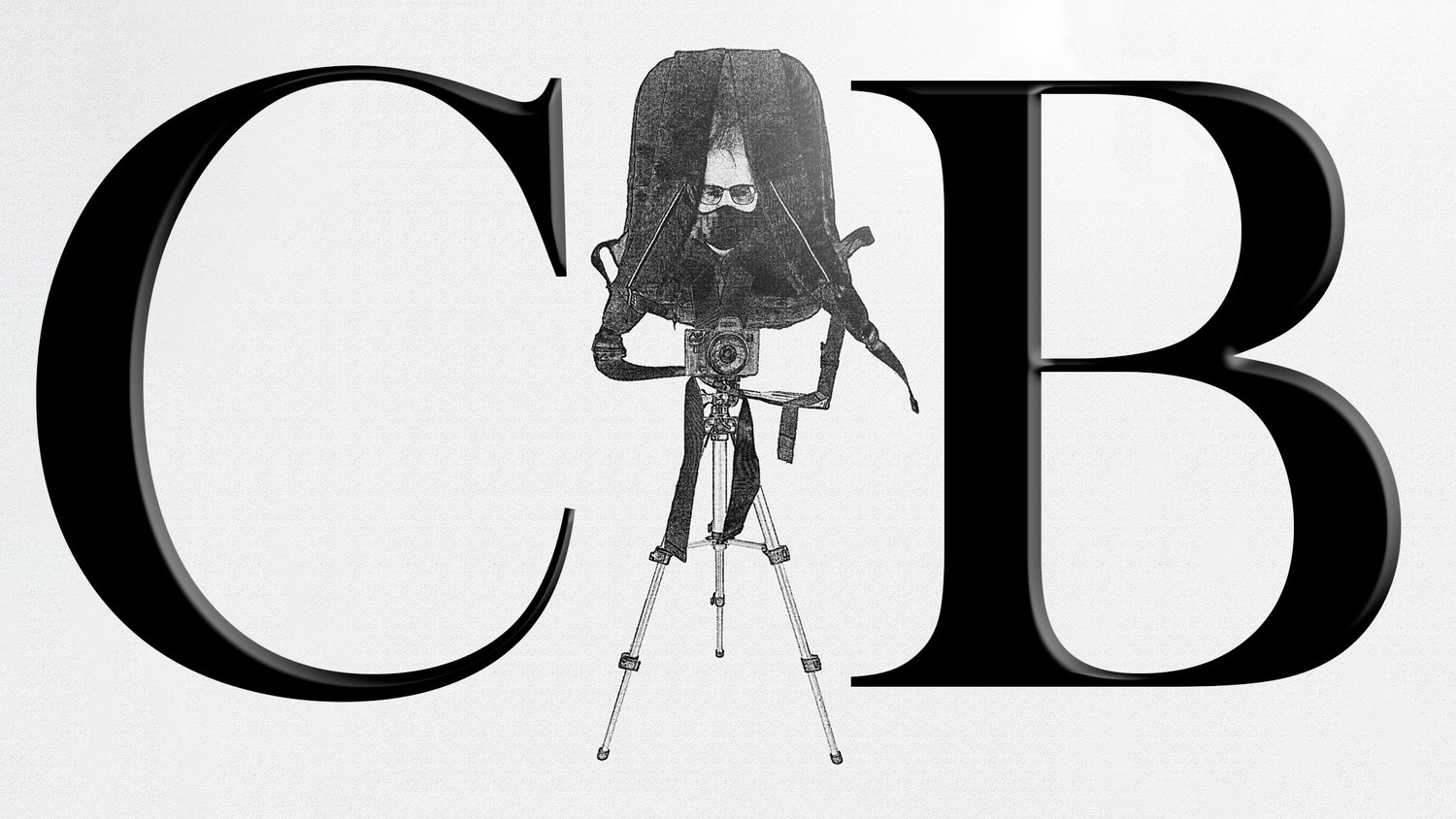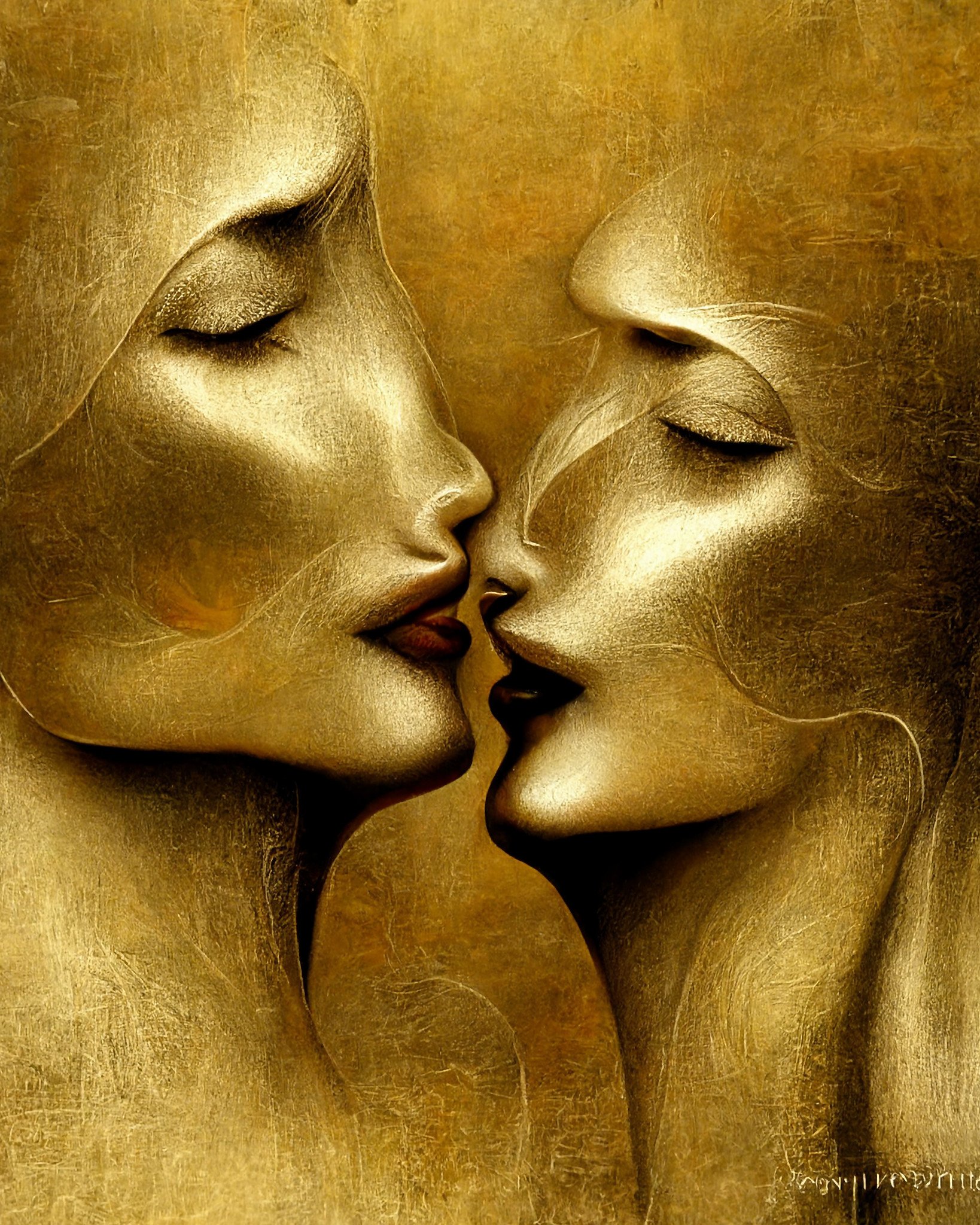Artificial Intelligence and Art: Was This a Mistake?
Created by Craig Boehman using Midjourney AI.
Was artificial intelligence and art a mistake? The question is posed to you in the past tense because to be asking this question like nothing has happened yet would be missing the point entirely: artists and non-artists alike have been experimenting with AI art generated from text prompts for several months now on platforms like Dall-E 2 and Midjourney. The question itself seems rather meaningless to those of us who’ve already indulged. And my message to my audience is that the question has already been answered by tens of thousands of people — likely to be by the millions soon enough — before the rest of the world can wrap their collective heads around it.
The mainstream media is missing the point. There is no meaningful debate about caution and ethics when it comes to AI for military, industrial, or civilian use of all kinds, including for art. It’s happening. Expect AI to be as commonplace as the smartphone or the kitchen toaster. You may be using AI already and not even be aware of it. My point is, Elon Musk and those preaching caution have already lost the overall debate. And so have the purists and traditionally-minded folks in the greater art community. It brings me absolutely no joy to say this because I used to be on the other side of the fence. But I have seen the light, so to speak, even if that light was created by a text prompt.
The AI genie won’t be put back into the bottle. It can only be transcended. . .by whatever Super Genie that comes next.
Should Artists Be Using AI In Their Work?
For millions of photographers and digital artists, AI is already part of the post-processing and creation game, especially for users of graphic design programs and popular photo editors like Photoshop. In the case of Adobe, its Photoshop and Lightroom applications make use of an AI core that’s already helping tremendously in certain photo editing applications. If you’ve replaced a sky in the subscription version of Photoshop or used any of the selection tools, chances are that you’ve already used AI in the creation of your art.
Another AI program that I’m familiar with is Luminar Neo, advertized as the first-ever 100% AI photo editing program. I’m also familiar with its predecessor, Luminar AI, which was haphazardly usurped by the totally rebuilt Luminar Neo, much to the dismay of many of its users. Complaints aside, Neo is a fantastic tool that I make use of alongside my usual Photoshop work.
The answer for myself is yes. I should be using AI because many of my go-to tools are now AI-rendered. And they do a fantastic job and are only getting better. But what about creating art from seemingly nothing but words? I’m also on board. In fact, I’ve created a lot of work in Midjourney and even have a storefront selling the art. I’ve yet to really combine my fine art photography with AI but I foresee that happening at some point.
I’m not trying to be dismissive of the controversy that surrounds artificial intelligence in any of its uses. I’m only offering to the most staunchest of resisters that you may be doing yourself a disservice if you don’t learn how to adopt to using AI, especially if you’re an artist. It’s most certainly inevitable that AI will effectively kill some traditional jobs while creating others. The warning shots have already been fired over our bows. It’s time we artists think about taking advantage of AI and then decide what we ultimately decide to keep or let fall by the wayside. That’s not to say that everybody should use it or even needs to use it. But for those of us working in digital spaces for part or all of our work, I don’t see how we’ll get around it or ultimately prevail without it.


